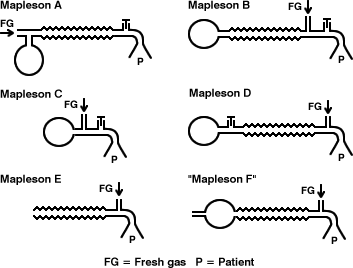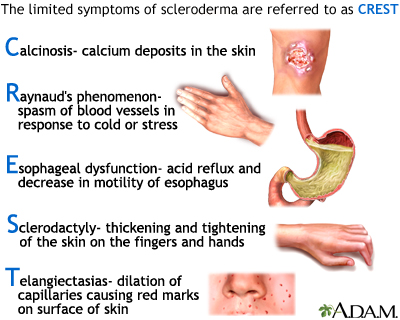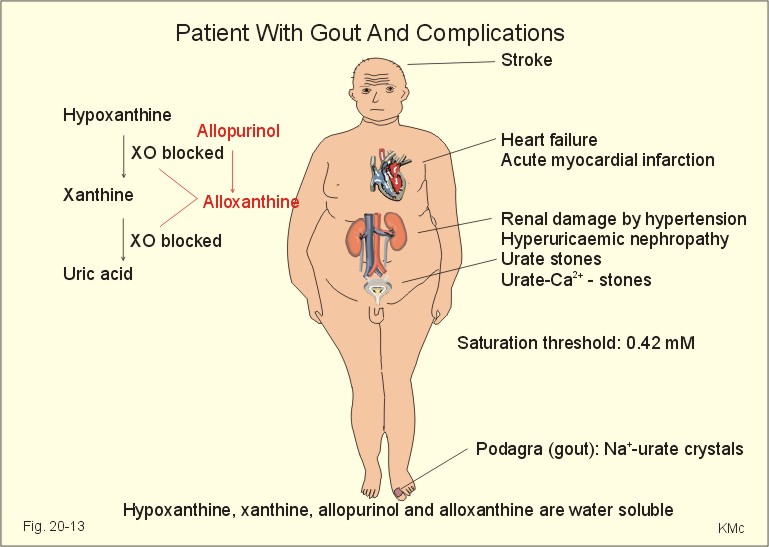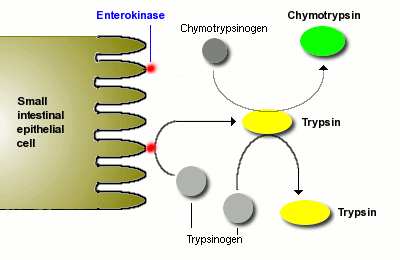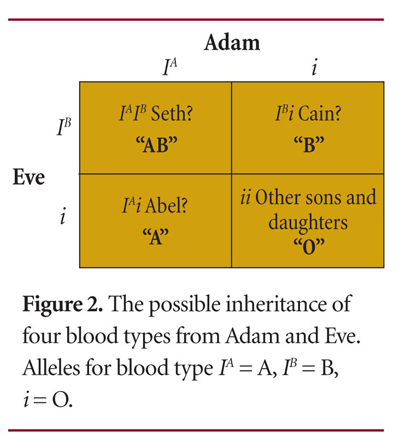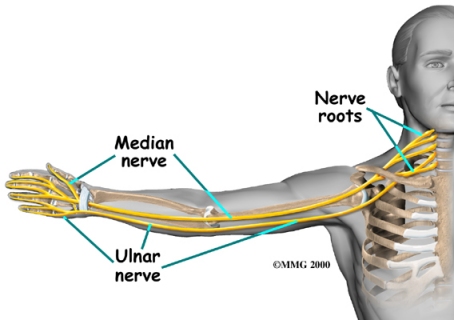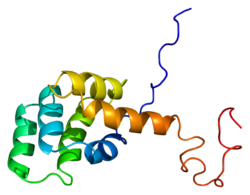Anesthesia breathing circuits: Bi-Directional Flow Systems:
Mapleson did a theoretical analysis of the fresh gas requirements of the semiclosed systems available at that time. It is only proper to refer to it as Mapleson systems as he gave a nomenclature as A, B, C, D and E for easy identification as per their construction. For better understanding of the functional analyses, they have been classified as:
1. Afferent reservoir system (ARS).
2. Enclosed afferent reservoir systems (EARS).
3. Efferent reservoir systems (ERS).
4. Combined systems.
The afferent limb is that part of the breathing system which delivers the fresh gas from the machine to the patient. If the reservoir is placed in this limb as in Mapleson A, B, C and Lack’s systems, they are called afferent reservoir systems (ARS).
The efferent limb is that part of the breathing system which carries expired gas from the patient and vents it to the atmosphere through the expiratory valve/port. If the reservoir is placed in this limb as in Mapleson D, E, F and Bain systems, they are called efferent reservoir systems (ERS).
Enclosed afferent reservoir system (EARS) has been described by Miller and Miller.
A comprehensive question bank for indian medical PG preparations- AIIMS, ALL INDIA, JIPMER, PGI, state exams etc. Visual and audio content prepared in view of upcoming pattern of NEET (National Eligibility & Entrance Test). Best wishes for your preparation! AIPGE content updated with emphasis on recent questions.
How to use this site?
Please click on the comments to see the right option from the choices given
This site contains a comprehensive list of medical PG entrance questions asked in various PG entrance examination throughout India like AIIMS, AIPGEE, PGI CHANDIGARH, JIPMER, CMC VELLORE .... and various state entrance exams like KERALA, TAMIL NADU, KARNATAKA, DELHI .... and also private entrances like COMEDK, MANIPAL etc...
Pages
SEARCH THE WEB
20110531
All of the following are suitable anaesthetic circuits for both controlled and assisted ventilation except:
a. Mapelson A
b. Mapelson B & C
c. Mapelson D
d. Mapelson E
Hint: Spontaneous (Active)--- A
Assisted & Controlled -- D,E
Please click on comments to view the correct option and descriptions.
b. Mapelson B & C
c. Mapelson D
d. Mapelson E
Hint: Spontaneous (Active)--- A
Assisted & Controlled -- D,E
Please click on comments to view the correct option and descriptions.
20110527
Anticentromere antibodies are most commonly associated with:
a. Diffuse cutaneous systemic sclerosis.
b. Mixed CT disease.
c. CREST syndrome.
d. Polymyositis.
Please click on comments to view the correct option and descriptions.
b. Mixed CT disease.
c. CREST syndrome.
d. Polymyositis.
Please click on comments to view the correct option and descriptions.
A 35 year old lady complains of dysphagia, Raynaud's phenomenon, sclerodactyly. Investigations show antinuclear antibody. The likely diagnosis is:
a. SLE.
b. Systemic sclerosis.
c. Mixed connective tissue disorder.
d. Rheumatoid arthritis.
Please click on comments to view the correct option and descriptions.
b. Systemic sclerosis.
c. Mixed connective tissue disorder.
d. Rheumatoid arthritis.
Please click on comments to view the correct option and descriptions.
Most common organism associated with reactive arthritis is:
a. Staphylococcus.
b. Shigella.
c. Chlamydia.
d. Yersinia.
Please click on comments to view the correct option and descriptions.
b. Shigella.
c. Chlamydia.
d. Yersinia.
Please click on comments to view the correct option and descriptions.
All the following diseases are associated with HLA B 27 and uveitits, except:
 a. Behcet's syndrome.
a. Behcet's syndrome.b. Psoriasis.
c. Ankylosing spondylitis.
d. Reiter's syndrome.
Please click on comments to view the correct option and descriptions.
In case of gout, preservation of urine sample is done in :
a. Normal saline.
b. Formalin.
c. Alcohol.
d. Distilled water.
Please click on comments to view the correct option and descriptions.
b. Formalin.
c. Alcohol.
d. Distilled water.
Please click on comments to view the correct option and descriptions.
All of the following conditions are observed in Gout except:
a. Uric acid nephrolithiasis.
b. Deficiency of enzyme Xanthine oxidase.
c. Increase in serum urate concentration.
d. Renal disease involving interstitial tissues.
Please click on comments to view the correct option and descriptions.
b. Deficiency of enzyme Xanthine oxidase.
c. Increase in serum urate concentration.
d. Renal disease involving interstitial tissues.
Please click on comments to view the correct option and descriptions.
20110525
A young boy presents with failure to thrive. Biochemical analysis of a duodenal aspirate after a meal reveals a deficiency of enteropeptidase. The levels of the foll digestive enzyme would be affected:
a. Amylase.
b. Pepsin.
c. Lactose.
d. Trypsin.
Please click on comments to view the correct option and descriptions.
b. Pepsin.
c. Lactose.
d. Trypsin.
Please click on comments to view the correct option and descriptions.
Enterokinase deficiency
Congenital deficiency of this small intestine enzyme has been reported in a few children, resulting in the complete absence of pancreatic proteolytic activity; enterokinase is an essential activator of pancreatic trypsinogens.
The presentation is of infants that are ill from very early in life with severe diarrhoea and failure to thrive. Hypoproteinaemia is common in this condition and this may cause oedema. The tryptic activity in duodenal juice is missing while lipase and amylase are normal. In vitro the activity of the juice can be restored by the addition of enterokinase. The major result of this condition is malabsorption of protein although steatorrhoea has been reported.
The supplementation of the diet with pancreatic enzyme replacements restores normal digestive function.
The supplementation of the diet with pancreatic enzyme replacements restores normal digestive function.
20110524
A child presents with diarrhea and peripheral circulatory failure. The arterial pH is 7, pCO2 15 & pO2 76. Most appropriate:
a. Soda bicarb infusion.
b. Bolus of Ringer Lactate.
c. Bolus of HES.
d. 5% dextrose soln.
Calculate plasma osmolality:
Na-125, Glu- 108, BUN- 140
a. 300
b. 306
c. 312
d. 318
20110523
20110522
Normal anion gap- FUSED CARS
In patients with a normal anion gap the drop in HCO3− is compensated for almost completely by an increase in Cl− and hence is also known as hyperchloremic acidosis.
The HCO3− lost is replaced by a chloride anion, and thus there is a normal anion gap.
Fistula (pancreatic)
Uretogastric conduits
Saline administration
Endocrine (hyperparathyroidism)
Diarrhea
Carbonic anhydrase inhibitors (acetazolamide)
Ammonium chloride
Renal tubular acidosis
Spironolactone
High anion gap Acidosis
A CAT PILES MUD:
Alcohol abuse
Methanol
Uremia
Diabetic ketoacidosis.
Alcohol abuse
Carbon monoxide or Cyanide
Aspirin
Toluene
Aspirin
Toluene
Paraldehyde/ Polyethylene glycol
Iron/ Isoniazid
Lactic acidosis
Ethylene glycol
Starvation
Iron/ Isoniazid
Lactic acidosis
Ethylene glycol
Starvation
Methanol
Uremia
Diabetic ketoacidosis.
Anion Gap
The anion gap is the difference in the measured cations and the measured anions in serum, plasma, or urine.
It is calculated by subtracting the serum concentrations of chloride and bicarbonate(anions) from the concentrations of sodium plus potassium (cations):
- = ( [Na+] + [K+] ) − ( [Cl−] + [HCO3−] )
Plasma osmolality
Normal human reference range of osmolality in plasma is about 275-299 milli-osmoles per kilogram.
To calculate plasma osmolarity use the following equation :
- = 2 x Na+ + Glucose + BUN
18 2.8
where [Glucose] and [BUN] are measured in mg/dL.
Simplifications are sometimes used:
- = 2[Na+] + [Glucose]/20 + BUN/3 - 2
20110521
20110520
Oxygen dependent killing is done through:
- NADPH oxidase.
- Superoxide dismutase.
- Catalase.
- Glutathione reductase.
20110519
Tomatoes can save you from high cholesterol
Want to be free of high cholesterol and blood pressure (BP)? Tomatoes can be a way out for you!
Tomatoes may be an effective alternative to drugs in lowering cholesterol and BP and in preventing heart disease.
A bright red pigment called lycopene found in tomatoes and to a lesser extent in watermelon, guava, papaya and pink grapefruit has antioxidant properties that are vital to good health.
Karin Ried and her colleague Peter Fakler from the University of Adelaide are the first to summarise the effect of lycopene on cholesterol and blood pressure (BP), analysing the collective results of 14 studies over the last 55 years.
"Our study suggests that if more than 25 milligrams of lycopene is taken daily, it can reduce LPD (bad) cholesterol by up to 10 per cent," says Ried, reports the journal Maturitas.
Tomatoes have high levels of lycopene, with half a litre of tomato juice taken daily, or 50 grams of tomato paste, providing protection against heart disease, according to an Adelaide statement.
"That's comparable to the effect of low doses of medication commonly prescribed for people with slightly elevated cholesterol, but without the side effects of these drugs, which can include muscle pain and weakness and nerve damage," says Ried.
Lycopene is better absorbed in processed and cooked tomatoes or tomato paste rather than fresh tomatoes. As a supplement, lycopene is available in soft gelatine capsules or tablets.
"Research shows that high lycopene consumption has been associated with a decreased risk of cardiovascular disease, including hardened arteries, heart attacks and strokes," she adds.
Tomatoes may be an effective alternative to drugs in lowering cholesterol and BP and in preventing heart disease.
A bright red pigment called lycopene found in tomatoes and to a lesser extent in watermelon, guava, papaya and pink grapefruit has antioxidant properties that are vital to good health.
Karin Ried and her colleague Peter Fakler from the University of Adelaide are the first to summarise the effect of lycopene on cholesterol and blood pressure (BP), analysing the collective results of 14 studies over the last 55 years.
"Our study suggests that if more than 25 milligrams of lycopene is taken daily, it can reduce LPD (bad) cholesterol by up to 10 per cent," says Ried, reports the journal Maturitas.
Tomatoes have high levels of lycopene, with half a litre of tomato juice taken daily, or 50 grams of tomato paste, providing protection against heart disease, according to an Adelaide statement.
"That's comparable to the effect of low doses of medication commonly prescribed for people with slightly elevated cholesterol, but without the side effects of these drugs, which can include muscle pain and weakness and nerve damage," says Ried.
Lycopene is better absorbed in processed and cooked tomatoes or tomato paste rather than fresh tomatoes. As a supplement, lycopene is available in soft gelatine capsules or tablets.
"Research shows that high lycopene consumption has been associated with a decreased risk of cardiovascular disease, including hardened arteries, heart attacks and strokes," she adds.
An Rh -ve woman became pregnant with Rh +ve fetus. Within few days after birth, the infant developed jaundice, ascites, hepatomegaly and edema. The likely substances deposited in skin and sclera in jaundice are given below. Which is the best possible answer?
Sickle cell trait patients do not have manifestations of sickle cell disease because:
Reticulocytosis is seen in all except:
Which one of the following statements about Hemoglobin S is not true:
- HbS differs from HbA by the substitution of Val for Glu in position 6 of the beta chain.
- One altered peptide of HbS migrates faster towards the cathode than the corresponding peptide of HbA.
- Binding of HbS to the deoxygenated HbA can extend the polymer and cause sickling of the red blood cells.
- Lowering the concentration of deoxygenated HbS can prevent sickling.
The pathogenesis of hypochromic anemia in lead poisoning is due to:
Which of the following surface glycoproteins is most often expressed in human hematopoetic stem cell
Ulnar Nerve
Ulnar nerve is the branch of the medial cord of brachial plexus with root value C8 and T1.
it supplies flexor carpi ulnaris and the medial half of flexor digitorium profundus in forearm.
In the hand through its superficial branch it supplies palmaris brevis and digital branches to the volar side of the little finger and medial half of ring finger.
The deep branch supplies the hypothenar, the dorsal and palmar interossei, two medial lumbricals and the adductor pollicis muscles of the hand.
it supplies flexor carpi ulnaris and the medial half of flexor digitorium profundus in forearm.
In the hand through its superficial branch it supplies palmaris brevis and digital branches to the volar side of the little finger and medial half of ring finger.
The deep branch supplies the hypothenar, the dorsal and palmar interossei, two medial lumbricals and the adductor pollicis muscles of the hand.
20110518
20110517
A 45 year old coal mine worker presents with cutaneous nodules, joint pain and occasional cough with dyspnea. His chest radiograph shows multiple, small nodules in bilateral lung fields. Some of the nodules show cavitation and specks of calcification. Most likely these features are diagnostic of:
Type of anemia seen in Rheumatoid arthritis is :
a. Microcytic hypochromic
b. Macrocytic hypochromic
c. Normocytic hypochromic
d. Normocytic normochromic.
False positive rheumatoid factor can be associated with all except:
Which of the following is true regarding Rheumatoid arthritis?
- Typically involves small and large joints symmetrically but spares the cervical spine.
- Causes pleural effusion with low sugar.
- Pulmonary nodules are absent.
- Enthesopathy prominent.
20110512
A patient with Hb-6gm%, TLC 1200, platelet 60000, MCV 12 fl, what is the diagnosis?
Microangiopathic hemolytic anemia is seen in all of the following diseases except:
Which of the following complications is likely to result after several units of blood have been transferred?
- Metabolic alkalosis.
- Metabolic acidosis.
- Respiratory alkalosis.
- Respiratory acidosis.
Autoimmune hemolytic anemia is seen in:
- ALL
- AML
- CLL
- CML
A 40 yrs old male had undergone splenectomy 20 years ago. Peripheral blood smear examination would show the presence of:
- Dohle bodies.
- Hypersegmented neutrophils.
- Spherocytes.
- Howell-Jolly bodies.
The primary defect which leads to sickle cell anemia is:
- An abnormality inn porphyrin part of hemoglobin.
- Replacement of glutamate by valine in beta chain of HbA.
- A nonsense mutation in the beta chain of HbA.
- Substitution of valine by glutamate in the alpha chain of HbA.
A couple with a family history of beta thalassemia major in a distant relative, has come for counselling. The husband has HbA2 of 4.8% and the wife has HbA2 of 2.3%. The risk of having a child with beta thalassemia major is:
- 50%
- 25%
- 5%
- 0%
The following protein defects can cause hereditary spherocytosis except:
- Ankyrin
- Palladin
- Glycophorin C
- Anion transport protein
20110506
The following statement is not true about sotalol:
- It is a non-selective beta blocker.
- It prolongs action potential duration throughout the heart.
- It is excreted through bile following hepatic metabolism.
- Polymorhpic ventricular tachycardia is a common side-effect.
Which of the following statements about hydralazine is NOT true?
- It causes direct relaxation of the blood vessels.
- It causes dilatation of both arteries and veins.
- Postural hypotension is not a common problem.
- It increases plasma renin activity.
Which of the following does not result in the release of NO?
- Fenoldopam.
- Hydralazine.
- Nitroprusside.
- Nitroglycerine.
True about fibrates are all except
- Drug of choice fro Type III hyperlipoproteinemia and severe hypertriglyceridemia.
- Activate PPAR to stimulate LPL.
- Absorbed good on empty stomach and absorption is delayed by fatty meals.
- Side effect are rash, urticaria, myalgia and impotence.
Coronary steal phenomenon is seen with
- Dipyridamole.
- Dilitiazem.
- Propanolol.
- Verapamil.
All are used for treatment of pulmonary hypertension except
- Endothelin receptor antagonists.
- Phosphodiesterase antagonists.
- Calcium channel blockers.
- Beta blockers.
Angiotensin II causes all except
- Stimulates release of ADH
- Increases thirst.
- Vasodilation
- Stimulates aldosterone release.
20110503
Which type of amyloidosis is caused by the mutation of the transthyretin protein?
- Familial Mediterranean Fever.
- Familial amyloidotic polyneuropathy
- Dialysis associated amyloidosis.
- Prion protein asso amyloidosis.
Subscribe to:
Posts (Atom)
